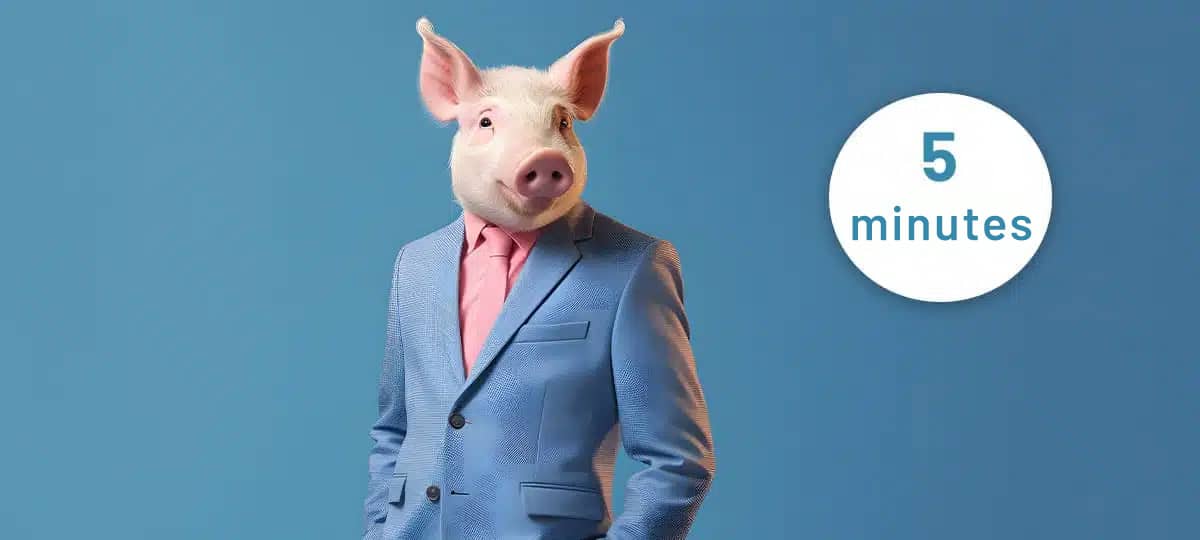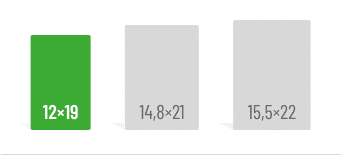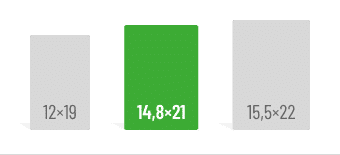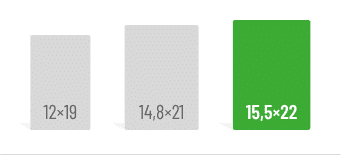First things first:
- “Animal Farm” is a parable about the history of the Soviet Union, from the Russian Revolution to the Cold War.
- The pig Napoleon represents a political tyrant.
- The animals are kept in line through propaganda.
First published in 1945, George Orwell’s Animal Farm was quickly banned in the Soviet Union and its satellite states. That’s because the book is an allegory for the history of the USSR, with most characters and events having real-life counterparts. This article first summarizes the story and then explains the inspirations behind the characters.
Summary
The story of “Animal Farm” begins when an old boar named Old Major calls all the animals on Mr. Jones’s farm to a meeting, where he shares his dream of a future where animals live happily without the oppression of humans. He urges them to revolt against Mr. Jones and teaches them the song “Beasts of England.” Shortly after, Old Major dies of old age, and his skull is displayed in the barn.
After Old Major’s death, two pigs, Napoleon and Snowball, develop his ideas into a concept called Animalism. Three months later, the animals successfully revolt against the humans. The farm is renamed “Animal Farm”, and the Seven Commandments of Animalism are written on the barn wall, the most important being “All animals are equal.”
Although running the farm is tough at first, the animals work hard and are fairly successful. Soon, however, the pigs take over the management of the farm, claiming they are the smartest animals. They also keep all the milk and apples for themselves.
One day, Mr. Jones and his men try to retake the farm but fail. The event becomes known as the “Battle of the Cowshed,” and brave fighters, including Snowball, are awarded honors.
At one of the weekly meetings, Snowball presents a plan to build a windmill to improve the animals’ lives. Napoleon opposes the idea and uses his dogs to chase Snowball off the farm. With his rival gone, Napoleon abolishes the animals’ meetings and establishes a pig committee. Snowball is then branded a criminal and traitor.
Napoleon decides to build the windmill after all, claiming it was his idea in the first place. The pigs start trading with humans, move into the farmhouse, and secretly change one of the commandments to “No animal shall sleep in a bed with sheets.” Squealer, the pig in charge of propaganda, convinces the other animals that it’s always been this way.
During a harsh winter, the pigs sell the hens’ eggs. When the hens rebel, they are starved into submission. Meanwhile, some animals are executed for supposedly conspiring with Snowball, and the song “Beasts of England” is banned. Another commandment, “No animal shall kill another animal,” is amended to “without cause.” Squealer once again convinces the animals that it’s always been like this.
Mr. Frederick, a neighboring farmer, blows up the newly built windmill after failed negotiations. Despite heavy losses, the farm celebrates the attack as a victory. The farm is declared a republic, and Napoleon is “elected” as president.
Boxer, the hardworking horse, gets injured while trying to finish the new windmill before his retirement. The pigs secretly sell him to a slaughterhouse, pretending he was taken to a hospital, where he died.
Years later, only a few animals who witnessed the revolution are still alive. The windmill is finally complete, but it hasn’t made life easier for the animals. Instead, it’s used for profit, and the animals are already building a second windmill. Despite everything, the animals still take pride in living on a farm run by animals.
One day, the animals are shocked to see the pigs walking on two legs and wearing clothes. They check the commandments on the barn wall and find that only one remains: “All animals are equal, but some animals are more equal than others.” When the humans visit the animals’ farm, the atmosphere at the card game is lively at first, until Napoleon and Pilkington play an ace of spades at the same time. As the animals watch through the window, they can no longer tell the difference between the pigs and the humans.
Key characters and their real-life counterparts
Pigs = Soviet Bolsheviks:
- Old Major = Karl Marx / Wladimir Lenin
- Inspires the animals to revolt. After his death, his skull is displayed, much like Lenin’s body in the Lenin Mausoleum.
- Inspires the animals to revolt. After his death, his skull is displayed, much like Lenin’s body in the Lenin Mausoleum.
- Napoleon = Josef Stalin:
- A corrupt opportunist who seizes control of the farm.
- A corrupt opportunist who seizes control of the farm.
- Snowball = Leo Trotzki
- Napoleon’s political rival, chased off the farm by Napoleon’s dogs and later denounced as a traitor.
- Napoleon’s political rival, chased off the farm by Napoleon’s dogs and later denounced as a traitor.
- Schwatzwutz (Squealer) = Wjatscheslaw Molotow (or the Soviet propaganda machine)
- Responsible for manipulating and persuasion of the other animals.
Humans = non-Soviet powers:
- Mr. Jones = Tsar Nicholas II
- The original owner of the farm before the revolution.
- The original owner of the farm before the revolution.
- Mr. Pilkington = Western powers (e.g., Britain and the U.S.):
- The owner of Foxwood Farm. Initially critical of Animal Farm, he later cooperates with Napoleon.
- The owner of Foxwood Farm. Initially critical of Animal Farm, he later cooperates with Napoleon.
- Mr. Frederick = Adolf Hitler and Nazi Germany:
- The owner of Pinchfield Farm. He trades with Animal Farm before attacking it and destroying the windmill.
Horses represent three social classes:
- Boxer = Working class:
- Loyal, hardworking, very obedient, and trusting. Represents how the Communist Party exploited the workers, even though they were the main force behind the revolution.
- Loyal, hardworking, very obedient, and trusting. Represents how the Communist Party exploited the workers, even though they were the main force behind the revolution.
- Clover = Middle class:
- Cares deeply for Boxer. Can’t read, leaving her defenseless against propaganda.
- Cares deeply for Boxer. Can’t read, leaving her defenseless against propaganda.
- Mollie = Bourgeoisie and lower Russian nobility:
- A vain, young mare who likes to wear bands in her hair and to eat sugar. She leaves the farm soon after the revolution to continue living in comfort.
Other animals:
- Benjamin = The intelligentsia:
- A cynical and grumpy donkey who is skeptical of the revolution. He’s the oldest animal on the farm.
- A cynical and grumpy donkey who is skeptical of the revolution. He’s the oldest animal on the farm.
- Dogs = Soviet secret police (Cheka, GPU, NKVD):
- Napoleon’s bodyguards, used to intimidate and suppress dissent.
- Napoleon’s bodyguards, used to intimidate and suppress dissent.
- Sheep = The uneducated masses:
- Easily manipulated, they mindlessly chant slogans like “four legs good, two legs bad” and later “four legs good, two legs better.”
Key events and their parallels
- Revolution = Russian Revolution of 1917
- Battle of the Cowshed = Russian Civil War
- Hens’ Rebellion = Ukrainian peasant protests against collectivization, leading to famine (Holodomor)
- Attack on Windmill = Nazi invasion of the Soviet Union (1941) and the Battle of Stalingrad
- Playing the ace of spades = Start of the Cold War
Sources:
- Orwell, George. [1945] 2008. Animal Farm. Penguin Essentials.
- Sparknotes about „Animal Farm“
- Wikipedia: „Animal Farm“
Do you like our magazine? Then sign up for our GRIN newsletter now!







